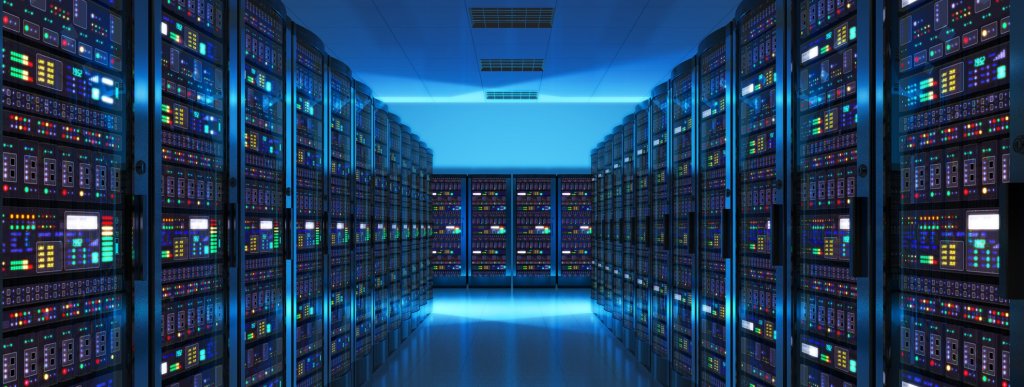Big Data is described as being “a broad term for data sets so large or complex that traditional data processing applications are inadequate. Challenges include analysis, capture, data curation, search, sharing, storage, transfer, visualization, and information privacy.”
While this definition may seem a bit wordy, it can be easily broken down. Data is simply information – like the type you get on your phone bill every month – and prefixing it with ‘big’ simply means it’s using this information in a large quantity.
Given how much we rely on technology in the modern era, pretty much everyone leaves a ‘digital footprint’, or information trail. This enables businesses to understand patterns in data, and to be able to predict certain behaviours by analysing these patterns.
Where do we get Big Data?
Big Data is, in short, everything we do on the web. This includes who we follow on Twitter, which apps we download, what music we listen to – it all paints a picture about our internet activity.
Everything we do is tracked and can be used to predict what we will do next.
With the number of everyday-objects we use relying on data – smart TVs, watches, CCTV, etc – the source of Big Data is larger than ever, and will only increase in the future.
So, to answer the question, Big Data comes from anything we do in a public realm.
How is Big Data used?
A good example of how Big Data is used is Google Maps. When you’re planning your route – be it to a weekend away or just to the nearest petrol station – Google Maps can tell you how busy the traffic is, using an easy colour coded system (red is busy, orange moderate, green is little or no traffic).
It’s something we take for granted, and don’t often consider how Google Maps knows what the traffic is like.
It’s easy to think they have complex systems and multiple cameras or satellites in place to detect it, but it’s a lot simpler than that.
As we know, Google has all the roads mapped out. When we sign the T&Cs of Google Maps, it uses the GPS to locate us. It then tells how fast each person is moving along the road, factors in the speed limit of that road, and using that information, can create an accurate account of how the traffic is.
Given that almost everyone has a smart phone, it is easy and fairly simple for Google Maps to create this picture of the traffic.
So, rather than thinking of Big Data as a large or complex amount of information that we don’t use in everyday life, remember this example, and consider how we are constantly involved in curating Big Data.
